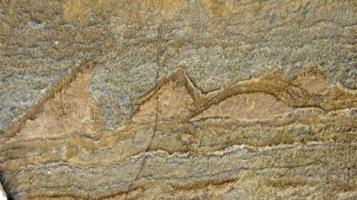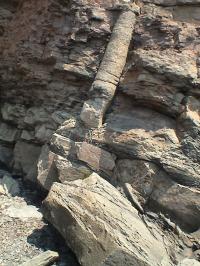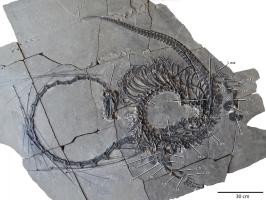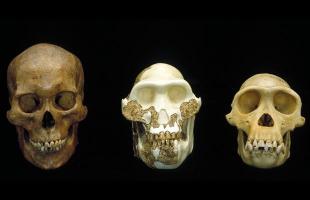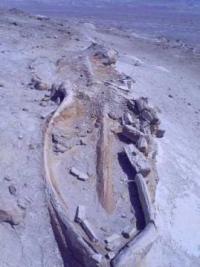How to find dinosaur fossils
Many people wonder how paleontologists discover fossil remains. Here is a useful article that will explain this.
The search for a dinosaur fossil often proves to be a long and patient investigative work. First step is to identify some particular types of rock, for example sandstones or mudstones between 66 and 204 million years old. Experts then look for traces of fossils at the foot of slopes, along escarpments, in quarries and mines.
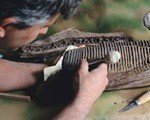
Extracting the fossil bones from the rock often requires the work of an entire team of experts; eventually, the giant skeleton will be transported in pieces to the museum lab to be "reconstructed".
Fossil remains of the dinosaur skeleton are usually found on rocks that originated from sand and mud; the animal is therefore often deeply buried in the lower layers of the rock formation. Paleontologists do not randomly excavate their chosen area, hoping to come across fossils by a stroke of luck: instead they first carefully search for the "right" types of rock, then they move to areas where wind and rain have worked in their favor.

Rocks of different ages stratify over time: the oldest ones lie in the lower layers of the earth, deeply concealed. Fossils are buried inside them: the lower the layer the older the fossil it contains. Fast-flowing rivers, eroding the stone, can uncover the layers containing fossils.
The best places to look for fossil bones and footprints are precisely those where the rock has been subjected to long and effective erosion by external agents such as wind, rain, and sea wave action.
The places richest in fossils are often also the most dangerous.
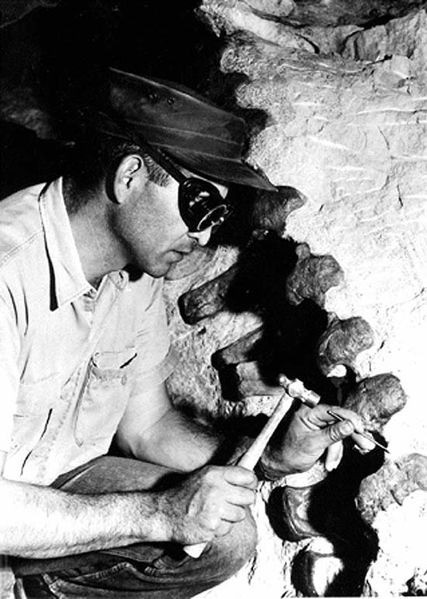
Paleontologists often travel to the most remote corners of the earth (Mongolia, China, etc.) in search of dinosaurs. But fossils also come to light randomly, during road works, in quarries and mines.












